
How Much Does a Europe Trip Cost: Budget-Savvy Guide for 2025
Planning a trip to Europe? You’re probably wondering how much it’ll cost. The good news is that you can make your European adventure work for almost any budget. An average 7-day trip to Europe costs around $1,800 per person, but this can vary widely based on your travel style and destinations.
Europe offers something for everyone, from budget backpackers to luxury travelers. You’ll find charming hostels, cozy bed and breakfasts, and opulent hotels. Feast on street food or indulge in Michelin-starred restaurants. Explore free museums or splurge on exclusive tours. The choice is yours.
Your costs will depend on where you go too. Eastern European countries like Poland and Hungary tend to be cheaper, while Western European hotspots like France and Switzerland can be pricier. But with some smart planning, you can stretch your budget and have an amazing time no matter where you roam.
Contents
- Key Takeaways
- Understanding Europe Trip Costs
- Average Cost of European Travel
- Cost Variation by Region
- Off-Season vs Peak-Season Pricing
- Budgeting Your Europe Trip
- Daily Budget Breakdown
- Long-Term Travel Budgeting
- Unexpected Costs
- Accommodation Costs in Europe
- Budget Accommodations
- Mid-Range to Luxury Hotels
- Alternative Lodging Options
- Transportation Within Europe
- Flight Costs Between Cities
- Train Travel and Rail Passes
- Public and Local Transportation
- Food and Dining Costs
- Local Cuisine and Street Food
- Dining Out Budget
- Self-Catering and Groceries
- Attractions and Activities
- Famous Landmarks and Museums
- Free and Low-Cost Attractions
- Guided Tours and Day Trips
- Additional Expenses
- Travel Insurance and Safety
- Souvenirs and Shopping
- Connectivity and Communication
- Packing and Preparation
- Essential Packing List
- Travel Documentation
- Money Management Abroad
- More Travel Guides
Key Takeaways
- Europe trip costs average $1,800 for a week but vary based on travel style and destination
- Eastern Europe is generally cheaper than Western Europe for travelers
- Smart planning helps you enjoy Europe on any budget, from backpacker to luxury
Understanding Europe Trip Costs
Europe trips can vary a lot in price. It depends on where you go and when. Let’s look at what you might spend and how to save some cash.
Average Cost of European Travel
A week in Europe usually runs about $1,800 per person. This breaks down to roughly $455 for a place to sleep, $750 for your flights, and $378 for food and fun stuff. Don’t forget about getting around – that’s another $200 or so.
But these numbers aren’t set in stone. You might spend way less if you’re thrifty, or a lot more if you like fancy hotels. A budget traveler can get by on $100-$130 a day. If you want nicer digs and meals, plan for $200-$300 daily. And if you’re going all out? That could be $500 or more each day.
For a two-week trip, you’re looking at $2,800 to $6,000 total. Big range, right? That’s why it’s smart to plan ahead.
Cost Variation by Region
Your wallet will feel different depending on where you go in Europe. Western Europe, with spots like Paris and Rome, tends to cost more. A museum visit there might set you back $15-$20.
Eastern Europe is often cheaper. You can stretch your money further in places like Prague or Budapest. Food, hotels, and fun stuff generally cost less there.
Southern Europe falls somewhere in the middle. Spain and Greece can be budget-friendly if you’re smart about it. But popular beach spots in summer can get pricey fast.
Remember, big cities almost always cost more than small towns or countryside areas. Mix it up to keep costs down.
Off-Season vs Peak-Season Pricing
Timing is everything for saving money in Europe. Summer is peak season – that means higher prices for just about everything. Flights, hotels, even some attractions jack up their rates.
But if you can travel in spring or fall, you’re in luck. These “shoulder seasons” often have great weather and way smaller crowds. Plus, you’ll see prices drop on hotels and flights.
Winter can be super cheap, except around Christmas and New Year’s. Just pack a warm coat! Some southern spots like Spain or Italy stay pretty mild all year.
Off-season travel might save you 20-30% on your total trip cost. That’s huge! Plus, you’ll deal with fewer tourists and might get a more authentic experience.
Budgeting Your Europe Trip

Planning your Europe trip budget is key to a smooth, stress-free adventure. Let’s break down the costs you’ll face and how to plan for them, whether you’re traveling for a week or several months.
Daily Budget Breakdown
Your daily expenses in Europe can vary widely. In Western Europe, plan for about €100-150 per day. This covers a mid-range hotel, meals, and some activities. Eastern Europe is cheaper, often €50-80 daily.
Accommodation eats up the biggest chunk. Budget hotels cost €50-80 in major cities. Hostels are cheaper at €20-40 per night.
Food can run €30-50 daily. Save by grabbing picnic supplies from local markets.
Transport varies. A day pass for public transit is usually €5-10. Renting a car? Factor in €40-60 per day plus fuel.
Attractions add up fast. Many museums charge €10-15 entry. Look for city passes to save on multiple sites.
Long-Term Travel Budgeting
Staying longer? Your monthly budget might look like this:
- Accommodation: €600-1000
- Food: €400-600
- Transport: €150-300
- Activities: €200-400
- Misc: €150-250
Total: €1500-2550 per month
Renting apartments can slash costs. Aim for €500-800 monthly in most cities.
Cooking more saves tons. €200-300 monthly for groceries is doable.
For transport, get monthly passes. They’re often €50-100, way cheaper than daily tickets.
Digital nomads, factor in €50-100 for coworking spaces.
Unexpected Costs
Always pad your budget for surprises. Common extras:
- Visa fees: €60-80 for Schengen visas
- Travel insurance: €30-50 per month (don’t skip this!)
- ATM fees: €2-5 per withdrawal
- Souvenirs: Set a limit, maybe €100-200
Flight changes or cancellations can cost hundreds. Book flexible tickets if your plans might shift.
Lost or stolen items happen. Set aside €200-300 for emergencies.
Splurges are part of travel. Budget an extra €100-200 for those can’t-miss experiences you stumble upon.
Accommodation Costs in Europe
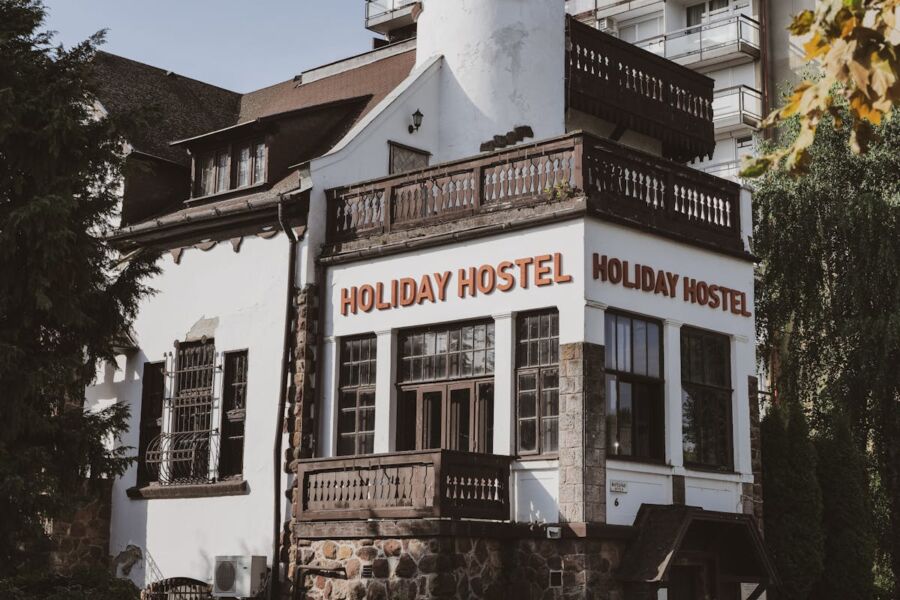
Finding a place to stay is a big part of your Europe trip budget. Prices vary widely depending on the city and type of lodging you choose. Let’s break down some options to help you plan.
Budget Accommodations
Hostels are your best bet for cheap stays in Europe. Dorm beds usually cost $15-30 per night. Some cities like Lisbon or Prague are even cheaper. Bring earplugs for shared rooms!
Cheap hotels run $40-80 per night for basic private rooms. Look for deals in less touristy neighborhoods. Booking.com often has good budget options.
Camping can save you money in rural areas. Many campsites charge $10-20 per night. Just remember to pack light if you’re moving around a lot.
Mid-Range to Luxury Hotels
Three-star hotels typically cost $80-150 per night in most European cities. Expect to pay more in places like Paris or Amsterdam. You’ll get a private bathroom and basic amenities.
Four-star hotels range from $150-300 nightly. You’ll enjoy nicer rooms and extras like room service. Five-star luxury hotels start around $300 and can go way up from there.
Location matters a lot for hotel prices. Staying right in the city center usually costs more. Consider hotels in residential areas near public transit to save some cash.
Alternative Lodging Options
Vacation rentals like apartments can be a great deal, especially for groups. A two-bedroom flat might cost $100-200 per night. That’s often cheaper than multiple hotel rooms.
Housesitting is another budget-friendly choice. You stay for free in exchange for watching someone’s home and pets. Just be prepared for chores!
Religious housing like monasteries sometimes offer simple rooms for travelers. Prices are usually very low, but don’t expect luxury. It’s a unique experience if you’re open to it.
Transportation Within Europe
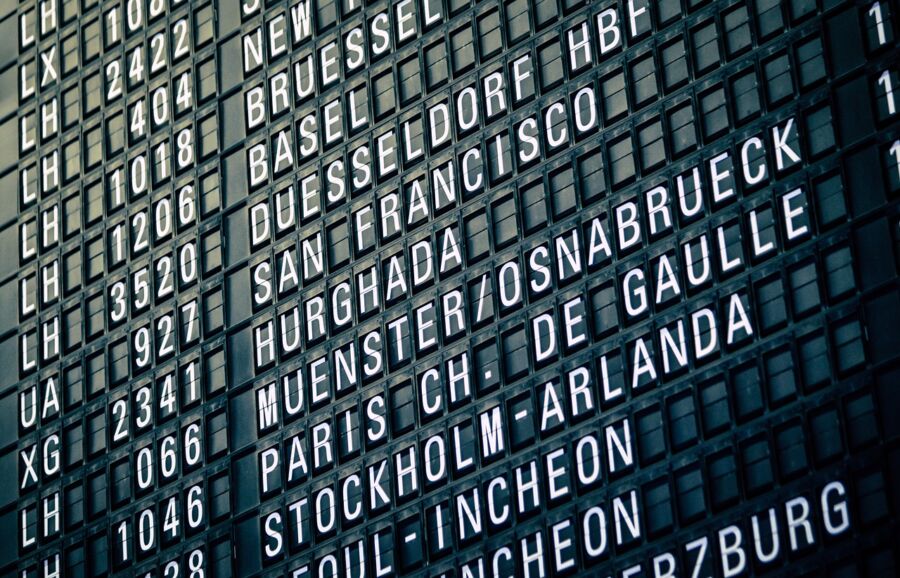
Getting around Europe can be a significant part of your travel budget. You have several options for moving between cities and countries, each with different costs and benefits.
Flight Costs Between Cities
Flying can be a quick way to cover long distances in Europe. Budget airlines like Ryanair and EasyJet often have cheap fares between major cities. You might snag deals as low as €20-€50 for short hops. But watch out for extra fees! They charge for everything from luggage to printing boarding passes.
Booking early usually gets you the best prices. Try to be flexible with your dates too. KAYAK can help you find cheap flights by comparing lots of airlines at once.
Remember, getting to and from airports costs money too. Budget €10-€30 for airport transfers in most cities.
Train Travel and Rail Passes
Trains are a comfy way to see Europe’s countryside. A single train ticket from Paris to Amsterdam might cost €100-€150. But if you’re planning lots of train trips, a rail pass could save you money.
Eurail passes let you travel across multiple countries. Prices start around €185 for 4 days of travel in 1 month. It’s usually cheaper to buy these before you leave home.
For shorter trips, regional trains are often cheaper than high-speed ones. They take longer but can be a nice way to see small towns.
Public and Local Transportation
Cities in Europe usually have good public transport. A single ride on the metro or bus typically costs €1.50-€3. Day passes can save you money if you’re doing lots of sightseeing.
In some cities, bikes are a great option. Many have bike-sharing programs where you can rent for about €10-€15 per day.
Cheap car rentals can be good for exploring rural areas. Prices start around €30 per day, but gas and parking can add up fast. In cities, you’re often better off without a car.
Walking is free and many European cities are super walkable. It’s a great way to stumble upon hidden gems and save money at the same time!
Food and Dining Costs
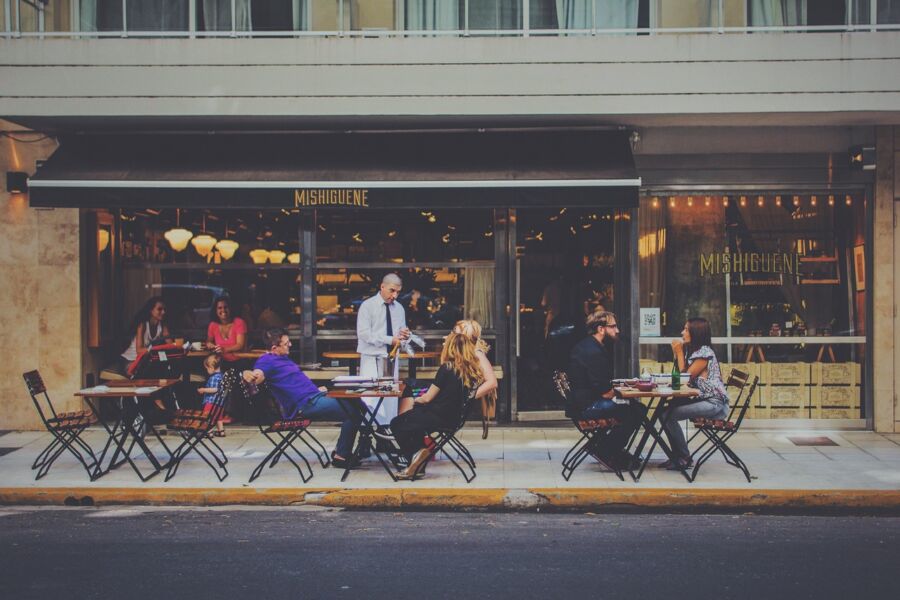
Eating your way through Europe can be a delicious adventure, but it’s important to plan for the costs. You’ll find a range of options to suit different budgets and tastes across the continent.
Local Cuisine and Street Food
Trying local specialties and street food is a great way to save money and experience authentic flavors. In many European cities, you can grab a quick bite for €3-€8. Think savory crepes in Paris, currywurst in Berlin, or pizza slices in Rome. Street markets are gold mines for cheap eats – load up on fresh produce, cheeses, and meats for picnics.
Look for food trucks and stalls in popular squares or near major attractions. They often serve up tasty local fare at wallet-friendly prices. Don’t shy away from hole-in-the-wall spots either. Those tiny family-run joints can dish out some of the best meals you’ll have on your trip.
Dining Out Budget
Eating at restaurants will take a bigger chunk out of your budget. Expect to spend €15-€30 per person for a meal at a mid-range spot. Prices can soar in tourist hotspots or fancy establishments.
To keep costs down:
- Opt for lunch specials instead of dinner
- Share plates with travel buddies
- Skip the pricey drinks and stick to tap water
- Look for “menu of the day” deals
Remember, tipping customs vary across Europe. In some countries, it’s included in the bill. In others, rounding up or leaving 5-10% is typical.
Self-Catering and Groceries
Cooking some of your own meals can really stretch your food budget. When possible, book accommodations with kitchen access. Hit up local supermarkets, bakeries, and delis for supplies.
Here’s a rough idea of grocery costs:
- Loaf of bread: €1-€3
- Dozen eggs: €2-€4
- Bottle of wine: €5-€10
- Block of cheese: €3-€7
Breakfast is an easy meal to DIY. Stock up on yogurt, fruit, and pastries. For lunch, pack sandwiches or salads for your day’s adventures. You might splurge on dinners out, but mixing in some home-cooked meals will keep your overall food costs down.
Attractions and Activities
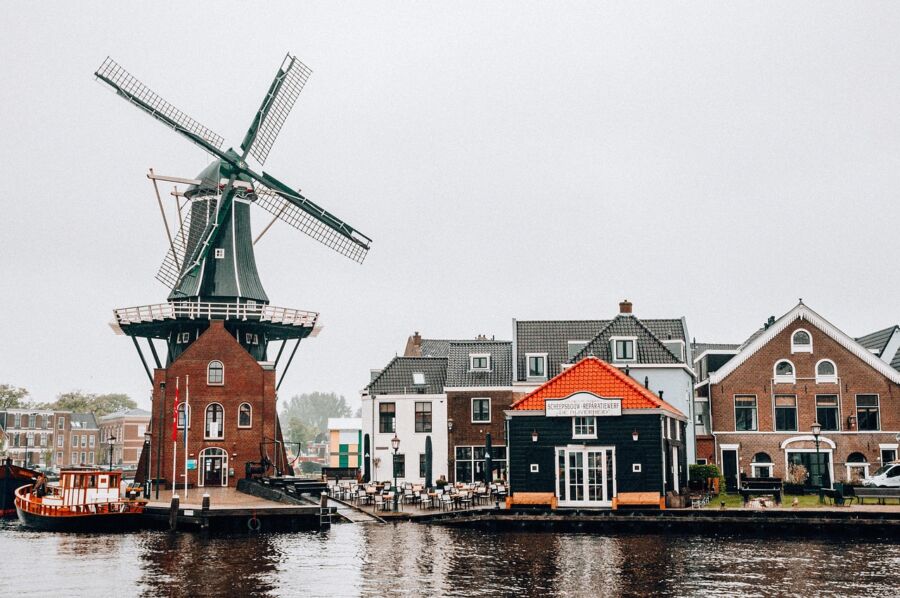
Europe offers a vast array of sights and experiences for travelers. From iconic landmarks to hidden gems, there’s something for every interest and budget.
Famous Landmarks and Museums
You can’t miss Europe’s most famous spots. The Eiffel Tower in Paris costs about €26 to climb. Rome’s Colosseum charges around €16 for entry. In London, Big Ben is free to see from outside, but Westminster Abbey costs £25.
Many museums have steep prices too. The Louvre in Paris is €17, while Amsterdam’s Van Gogh Museum is €20. But don’t worry! Some offer free or discounted days. The Prado in Madrid is free daily for the last two hours.
Pro tip: Buy a city pass for savings on multiple attractions. The Paris Museum Pass can save you money if you plan to visit lots of sites.
Free and Low-Cost Attractions
Europe has tons of free stuff to do. Parks like Hyde Park in London or Vondelpark in Amsterdam cost nothing. Many churches are free to enter too, like Notre-Dame in Paris or St. Peter’s Basilica in Rome.
Walking tours are a great way to explore on a budget. Many cities offer free walking tours where you just tip the guide. You’ll learn about history and culture while seeing the sights.
Beaches are another free option. Hit the sand in Barcelona, Nice, or the Greek Islands. Just bring a towel and some sunscreen!
Guided Tours and Day Trips
For deeper experiences, guided tours can be worth the cost. A full-day trip to Stonehenge from London might set you back £60-80. Meanwhile, a gondola ride in Venice costs about €80 for 30 minutes.
Food tours are popular and run about €50-100. You’ll taste local dishes and learn about the culture. Wine tours in places like Tuscany or Bordeaux range from €50-150 depending on length.
Day trips to nearby towns or natural areas are a great way to see more. From Paris, you can visit Versailles for about €20 round-trip by train. A day trip to Neuschwanstein Castle from Munich costs around €60.
Additional Expenses

When budgeting for your Europe trip, don’t forget about these extra costs that can add up quickly. Let’s look at some key areas to plan for beyond the basics.
Travel Insurance and Safety
Travel insurance is a must for Europe. It covers medical emergencies, trip cancellations, and lost luggage. Expect to pay about 4-8% of your total trip cost for good coverage. For a $3000 trip, that’s $120-$240.
Safety gear matters too. Invest in a sturdy travel lock ($10-$20) and a slash-proof bag ($50-$100). These protect your stuff in crowded tourist spots.
Don’t skimp on vaccines or meds. Check with your doctor about what you need. Budget $50-$200 for this, depending on your needs and insurance.
Souvenirs and Shopping
Souvenirs are fun, but they can blow your budget fast. Set a limit, like $100-$200 for a two-week trip. This gives you room for a few special items without going overboard.
Local markets are great for unique, affordable gifts. Think handmade crafts or local food specialties. These often cost $5-$20 per item.
For bigger purchases, know the tax refund rules. Many countries offer VAT refunds on goods over a certain amount. This can save you 10-20% on pricier items.
Connectivity and Communication
Staying connected in Europe can be tricky. A global SIM card is handy, costing about $30-$50 for a month of data. Some popular options are Skyroam and GigSky.
Wi-Fi is widely available, but not always free. Budget $5-$10 per day for cafe purchases or hostel fees to use their internet.
Don’t forget about power adapters. A good universal adapter costs $20-$30 and works in multiple countries. It’s a must-have for charging your devices.
For long-term trips, consider a portable Wi-Fi device. These run about $150-$200 but can save you money on data in the long run.
Packing and Preparation
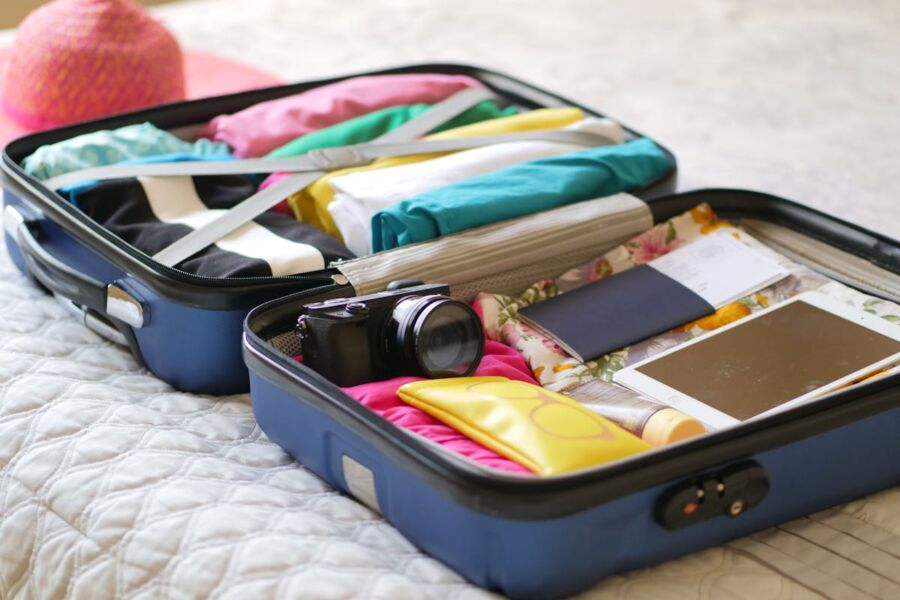
Getting ready for your Europe trip is key to staying on budget and having a smooth adventure. Let’s go over what to pack, the documents you need, and how to handle money abroad.
Essential Packing List
Pack light to save on baggage fees and make getting around easier. Bring versatile clothes you can mix and match. Don’t forget:
- 4-5 shirts
- 2-3 pants or skirts
- 1 jacket or sweater
- Comfortable walking shoes
- Rain jacket or small umbrella
- Toiletries (in travel sizes)
- Universal power adapter
- Smartphone and charger
- Day bag or small backpack
Remember, you can buy things there if needed. Many hostels have laundry facilities, so you don’t need tons of clothes.
Travel Documentation
Make sure you have all the right papers before you go. You’ll need:
- Valid passport (check expiration date)
- Visa if required (check each country’s rules)
- Travel insurance policy
- Copies of important documents (store separately)
- Booking confirmations for flights and accommodations
Keep digital copies of everything in your email or cloud storage too. It’s a good backup in case anything gets lost.
Money Management Abroad
Plan how you’ll access and spend money in Europe with these tips:
- Get a travel credit card with no foreign transaction fees
- Bring some cash, but not too much
- Tell your bank you’re traveling so they don’t freeze your cards
- Use ATMs to withdraw local currency as needed
- Consider a prepaid travel card for budgeting
- Keep money and cards in different spots (don’t put all your eggs in one basket)
Don’t forget to check exchange rates before you go so you know what to expect. And always have a backup plan in case one payment method doesn’t work.



